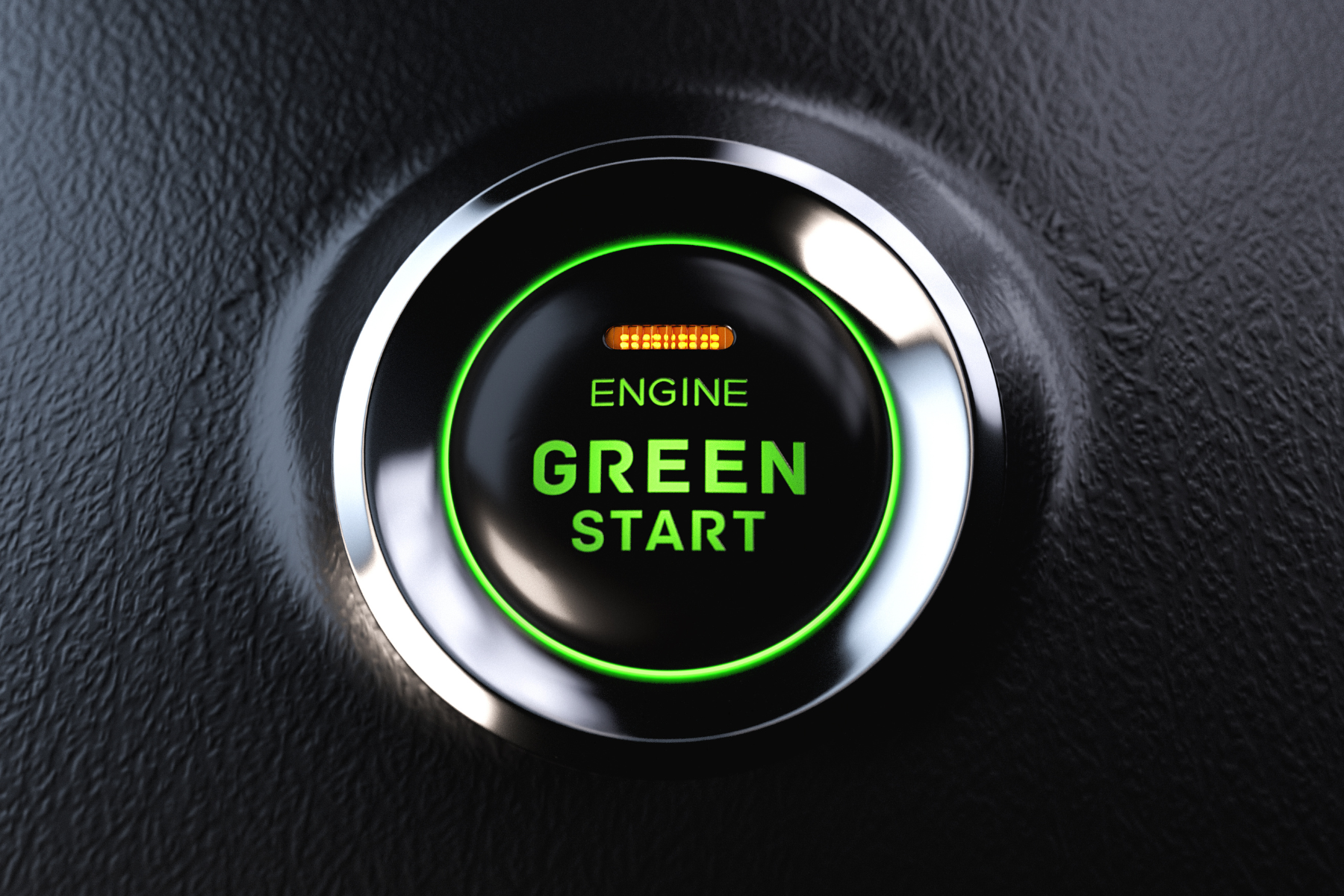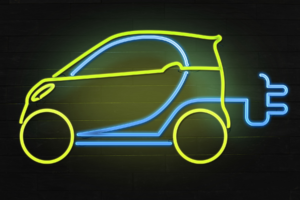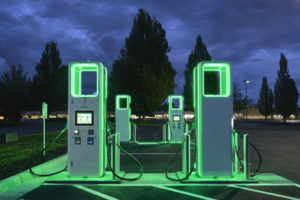GREEN OR NOT?
Exactly how green are electric vehicles (EVs)? In short, they’re very green compared to conventional petrol- or diesel-powered cars. The major win for EVs stems from the fact that they have no tailpipe carbon dioxide emissions, thereby considerably reducing air pollution. By extension, EVs provide us with cleaner air and streets making our towns healthier places to live, especially for cyclists or those that like to take a stroll. The statistics speak for themselves. For example, in one year a single electric car can save approximately 1.5 million grams of CO2. That’s the same as four return flights from London to Barcelona.
NET ZERO TARGET
Governments and climate-change lobbyists alike are striving for a net zero carbon emissions target. In the United States, transport is the largest source of air pollution. Back on home soil, the Mayor’s Office reports that road transport accounts for around half of London’s air pollution. Worldwide, there is an all-out effort to hit the net zero target with the UK government alone planning to ban the sale of petrol and diesel vehicles by 2040. It also wants to hit target zero by 2050 and EV adoption is pivotal to this endeavour. Car manufacturers have also pledged their commitment to a zero emissions target. Volvo is determined to produce an electric-only range by 2030 while General Motors aims to stop selling petrol-powered cars, SUVs, and trucks by 2035.
GREEN WHATEVER THE SOURCE
EVs need electricity to function, a power source that needs to be generated. Consequently, cynics and skeptics claim that EVs are not as green as they profess to be. Nothing could be further from the truth. No matter where the electricity comes from or how it is generated, EVs always have a smaller carbon footprint than their fossil fuel counterparts. The Union of Concerned Scientists (UCS), a nonprofit science advocacy organisation based in the United States, has confirmed that running EVs on the electric grid produces lower greenhouse gas emissions and carbon footprint than petrol-powered cars. Also, the carbon footprint of generating electricity is rapidly decreasing as more and more renewable energy is produced. Unlike gas-guzzling traditional cars, EVs increasingly run on renewable energy and in the UK Greenpeace is campaigning for a grid that is 80% renewable by 2030. EVs are also much more efficient than cars with internal combustion engines (ICEs). An ICE is about 20% efficient compared to 75% of electric motors. EVs also get double the mileage on the same amount of energy.
GREEN CHALLENGES
Enough will never be enough when it comes to getting our carbon emissions down to zero. While we said earlier that EVs are very green, much debate exists about how the cars cause air pollution in cities – not from their non-existent tailpipes but from brakes and tyres. Truth be told, the real environmental impact occurs before an EV has left the factory floor. An MIT study found that the battery and fuel production for an EV generates higher emissions than the manufacturing of an ICE vehicle. This was supported by findings by the European Environment Agency (EEA). On a positive note, these initial higher environmental costs are offset by superior energy efficiency demonstrated by EVs over their lifetime.
BATTERIES POLLUTION
Several concerns over EV battery production have arisen. A European Economic Area (EEA) report disclosed that in China, 35-50% of total EV manufacturing emissions arise from electricity consumption for making batteries. This figure is three times higher than in the United States. Critical raw materials for battery production such as lithium, nickel, cobalt, copper, and graphite often require energy-intensive extraction, increasing the carbon footprint of the manufacturing process. Greenpeace activists have also highlighted the use of child labour for cobalt production in the Democratic Republic of the Congo. In Argentina, local communities have challenged the mining and processing of lithium, a material that is vital for powering electric vehicles. Accusations have been made that lithium production, which produces salty water and toxic irritants, is non-compliant with environmental regulations, also not enforced by the Argentinian government.
RECYCLING VERSUS SHORT SUPPLY
At present, EV batteries are heavily reliant on lithium. For example, a single Tesla Model S battery uses around 12 kg of the element. The question remains – how long until demand exceeds supply? The supply crunch isn’t of immediate concern but by 2030 it will be. If the recycling of lithium is insufficient and not enough lithium mines go into operation, there will be a 4% shortfall in production that year. This will increase to 24% by 2035. The good news is that car manufacturers are already taking the bull by the horns, Volkswagen being a case in point. In 2019, the German car maker launched a scheme that it anticipates will see 97% of all the raw materials used in new EV batteries being reused by 2040.











